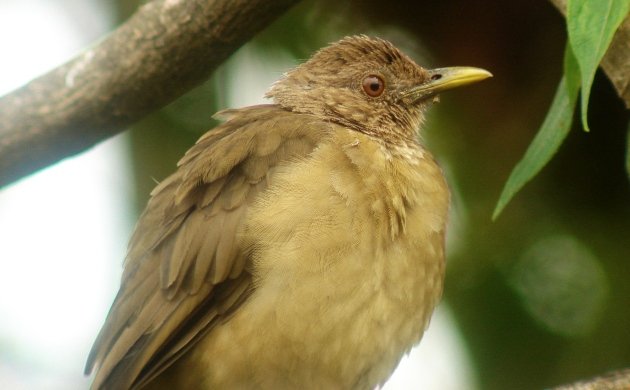
If the avian realm had self-conscious, talking ambassadors, “spokebirds”, which species would partake in birding conferences? Which would travel to tourism conventions, give fun presentations and hand out cultural knick-knacks? Would Barred Owls chuckle and admit that, for the record, “No, we really aren’t saying ‘Who cooks for you’?” Would Cock-of-the Rocks and condors represent Peru with flashy dances and incredible feats of flight? At the largest of conferences, logistical and cultural issues could be a real problem. The Accipiters and other bird predators would either have to be prohibited from attending or at least need to be kept separate from the rest of the tasty looking attendees. Some might even protest at being kept separate, raising their voices as they eye the main conference birds with hungry intent. Penguins would need on site-freezers or other forms of strict climate control, and who would keep the Corvids from playing tricks and getting out of control? Ditto for the Kea.
Without careful attention paid to the needs of the shyer birds, such conventions would run the risk of being overrun with the bolder species, the birds that love the spotlight. I mean, shouting matches among toucans, jays, and Arabian Babblers would be a constant issue and you would have to sedate the manakins to keep them from dancing at all hours and in all places. Even if the birds could speak like humans, their instincts would still come into constant play. To maintain order and keep the avian peace, some form of security would be necessary. With its Dino-like appearance and intimidating stare, the Shoebill might fit the bill. Rufous-naped Wrens acting up? Rails being ridiculous? Trumpeters pecking people again? When they catch sight of that monstrous muppet-looking bird headed their way, the worst of badly behaving birds would become veritable doves of peace.
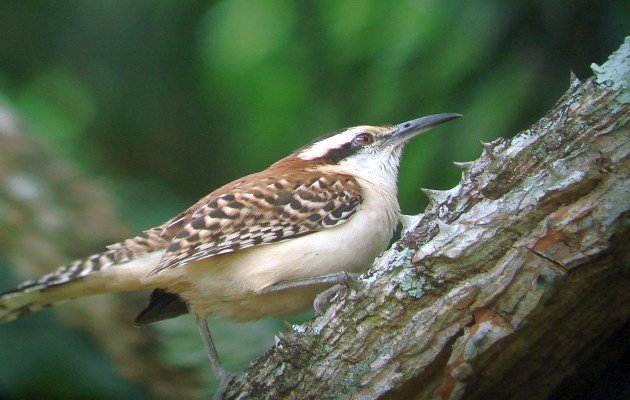
Maybe except for the gulls. Sadly, acts of terror being carried out by gulls could probably not be discounted.
With so many birds gathered together, it would be a momentous challenge to keep the peace. It would also be a true trial of wits and logistics to accommodate the antpittas, Hermit Thrushes and other professional skulkers. Heck, it could take some serious, sneaky subtle negotiations to just keep those and other agoraphobic birds from opting out of conference participation in the first place. As for flufftails and tapaculos, I’m afraid that they would only be convinced to attend if their participation was strictly virtual.
Despite the many difficulties, such a birding conference would also be amazingly rewarding. No, you wouldn’t be allowed to count those avian ambassadors but human attendees would benefit from interaction and insights coming straight from the birds. There would also be drama! We could see what happens when an Ivory Gull meets a Snow Petrel! Would those polar counterparts laugh over similar life situations (“You also like 3 day old seal blubber?”), or would the meeting result in mutual hostility (“I’m the real polar ice bird! Tubenoses suck!”).
We could also find out how birds truly feel about playback (at the risk of causing an angry riot), what they need for long term survival, and how to best deal with window collisions. Since any number of those issues could also spur the birds or rise up and revolt against humans, we might need to just keep them talking about the countries they represent.
As with so many other exercises in anthropomorphism, this one is absurd as the rest, at least in this dimension of reality but if Costa Rica had to choose 5 such ambassadors, these might make good candidates:
Ornate Hawk-Eagle
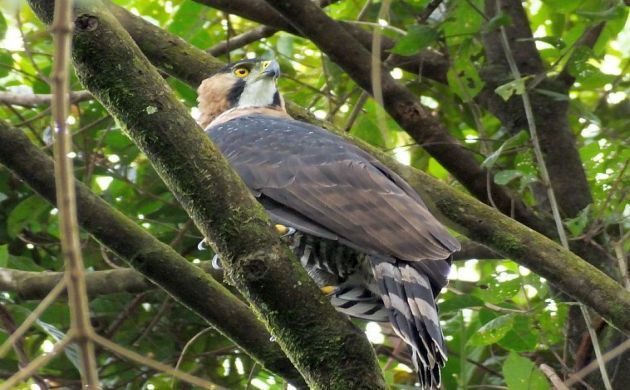
Nothing like a powerful, fancy bird of prey to represent a country! In Costa Rica, this eye-catching extra sized goshawk of a bird is regular at many sites and seems easier to see in this small nation than many other parts of its range. Since it catches birds nearly as big as a turkey, it would need to be kept with the other raptors.
Scarlet Macaw
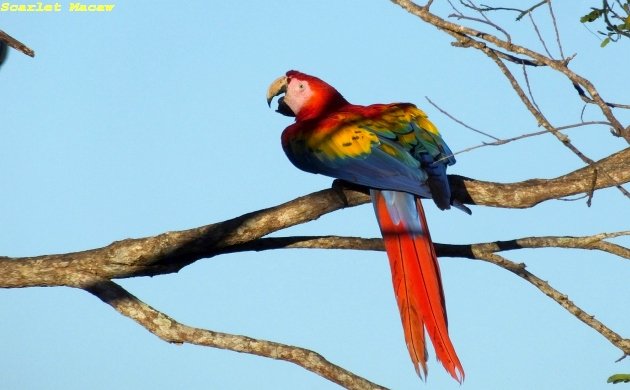
As loud as it is eye-catching, this big beautiful parrot has become pretty common in Costa Rica. Thanks to conservation efforts, they can be seen in many places, even around some towns! Since they automatically take center stage in the wild, it would be tough to keep them out of the spotlight at an avian birding conference.
Yellow-throated Toucan
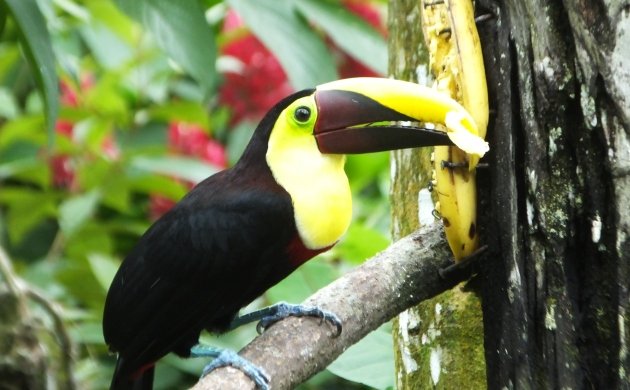
This or maybe Northern Emerald Toucanet would make good ambassadors. Keel-billed Toucan also occurs but since that rainbow beaked species is the national bird of Belize, it would make a better ambassador for that likewise birdy country. Toucans are as bold as they look. Watch out for the beak!
Emerald Tanager
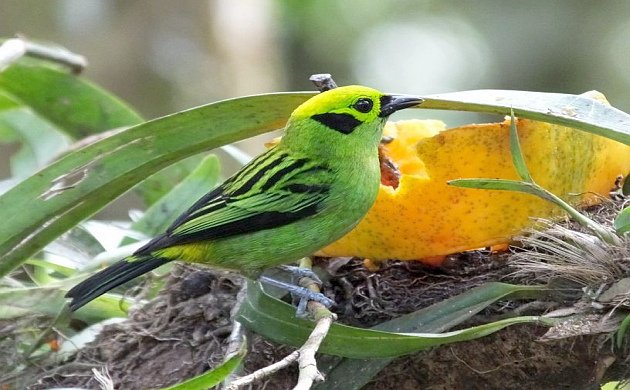
One of many living bird gems from Costa Rica, this beauty is a bird of wet and mossy rainforest. Perhaps it would be more appropriate for the Emerald to attend a conference with a whole entourage of tanager species. That would more approximate how they are often encountered.
Clay-colored Thrush

What? No bright colors? No but colors aren’t everything. This being the national bird, the “Yiguirro” would be a perfect ambassador. It also has a nice song and would probably showcase its talents during the conference as well as at the local karaoke scene.
Wait, what about the Resplendent Quetzal? While this world mega is fairly easy to see in Costa Rica and would thus make a good ambassador, one would already be representing Guatemala. Hummingbirds should also be present but let’s face it, on account of their life in the fast lane, their sense of time just differs too much from everything else. However, their virtual participation would be welcome and that way, we could also slow down footage to see what they are really doing and saying. With well over 900 species on the list for Costa Rica (and not that paltry 850 something number mentioned in various places), a lot of other birds could also be mentioned as possible avian ambassadors for Costa Rica. The best and real way to meet those birds is by of course coming to Costa Rica and watching them in person. It’s easier than you think and there’s always a lot to see.











Patrick,
I love the tongue-in-cheek humor and am looking forward to many more visits to Costa Rica to see all of these and more.